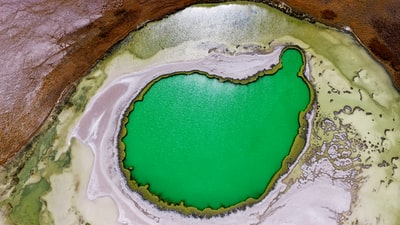 The kidneys are important for maintaining the amount of water in the body. Humans are born with two kidneys which are located in the abdomen.
The kidneys are important for maintaining the amount of water in the body. Humans are born with two kidneys which are located in the abdomen.
The main functions of the kidney are to:
- control the water balance
- ensure the right concentration of ions in the blood
- excrete waste products like urea
Blood moves through the kidneys where it’s filtered before being returned to the body. The process goes as follows:
First the blood is filtered and all little molecules are filtered out including water, ions, glucose and urea
?
The kidneys reabsorb all the glucose and put it back into the blood
?
The kidney also reabsorbs water and ions but only as much as is needed by the body
?
The rest of the water and ions along with the waste product urea are not reabsorbed and form urine
NOTE: You don’t need to know about other parts of the urinary system, the structure of the kidney or the structure of a nephron.
——————————————————
Kidney failure
It’s possible for a human to live without one kidney. However, if both kidneys stop working then this is called kidney failure and it’s a very serious condition. It needs to be treated to prevent fluids and waste building up in the body.
Two main treatments are:
- kidney dialysis
- kidney transplant
——————————————————
Kidney dialysis
A kidney dialysis machine is able to restore the concentration of dissolved substances in the blood so that they’re at a safe and normal level.
Blood is removed from the body and pumped into a dialysis machine. Like a real kidney, the machine filters the blood and gets rid of any waste products like urea. It does this by diffusion: the urea passes through a semi-permeable membrane out of the body and into the machine’s dialysis fluid. To make sure glucose and useful ions are not also lost, the dialysis fluid contains a normal blood concentration of these substances. The blood can then return into the patient.
The main disadvantage of this treatment is that it needs to be carried out every eight days.
——————————————————
Kidney transplant
A kidney transplant is viewed as a better option because it provides a more long-term solution. For this, a healthy kidney is taken from a donor and surgically implanted into the patient to replace the diseased one.
The success rate of this operation is 80%. However, this means there’s still a chance that the body will reject it. This is because the body detects that it’s a foreign body.
Antigens are on the surface of all cells. The patient’s antibodies don’t recognise the antigens of the donor kidney’s cells and so they respond by attacking the organ.
However, precautions can be taken to prevent this:
- a donor can be find who’s tissue type is very similar to that of the recipient
- the patient takes anti-rejection medication and antibiotics
NOTE: You don’t need to know about ABO blood grouping and compatibility.